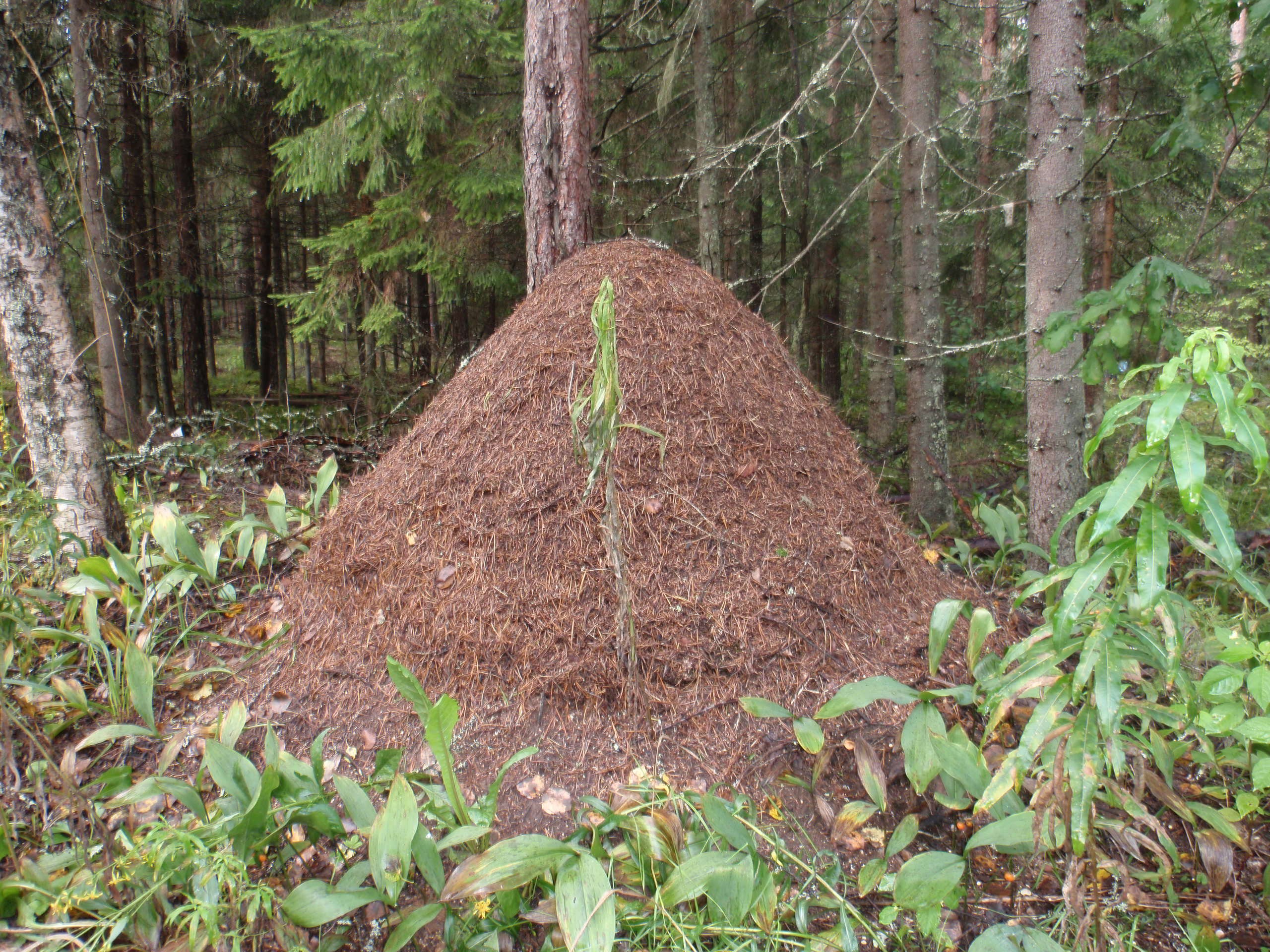Ants and Heat 2/23/2018
Ants continue to be some of the most successful creatures the world has ever seen due to their ability to adapt and thrive in a variety of conditions, from parched deserts, to lush, moist rainforests. Today, we'll be taking a look at one way ants utilize their environment to their advantage.
Yesterday morning, I saw my ants exhibiting an interesting behavior. One of my colonies, of the genus Formica (Yep, a colony of ants with a queen!), had moved some of their pupae to the top of their dirt setup. Here's a link to the setup they are in. I heat them up with a heating lamp, heating up one side of the formicarium. It looked like to me, that the ants liked the heat, so they moved their young up to the surface, where the heating lamp's heat was stronger! If you are wondering what this would look like, here are some pictures:
Why do this, some may ask? Well, ants are creatures that develop fastest in heat. In fact, some species of ants make huge mounds to absorb the heat given off by the sun, so the colony grows faster. In my case, the ants brought their pupae to the surface to heat them up, which made them grow faster. Here is a picture of one of those ant mounds that ants use to heat up their young:
What's interesting, is that the ants I am keeping, of the genus Formica, are from the same genus as the ants that build these huge mounds! I am unsure whether my current colony is a species that will do this, as I haven't confirmed the exact species, beyond the genus. I don't think they are though, as they resemble some species that refrain from any mound building.
I hope you enjoyed learning about ants and one of their unique adaptations. Thanks for reading!
Yesterday morning, I saw my ants exhibiting an interesting behavior. One of my colonies, of the genus Formica (Yep, a colony of ants with a queen!), had moved some of their pupae to the top of their dirt setup. Here's a link to the setup they are in. I heat them up with a heating lamp, heating up one side of the formicarium. It looked like to me, that the ants liked the heat, so they moved their young up to the surface, where the heating lamp's heat was stronger! If you are wondering what this would look like, here are some pictures:
Photo credits: Taken by me
See those little ovals, with black dots on one side? Those are pupae!
Why do this, some may ask? Well, ants are creatures that develop fastest in heat. In fact, some species of ants make huge mounds to absorb the heat given off by the sun, so the colony grows faster. In my case, the ants brought their pupae to the surface to heat them up, which made them grow faster. Here is a picture of one of those ant mounds that ants use to heat up their young:
Photo credits:
By VillaK (Own work) [CC BY-SA 4.0 (https://creativecommons.org/licenses/by-sa/4.0)], via Wikimedia Commons
What's interesting, is that the ants I am keeping, of the genus Formica, are from the same genus as the ants that build these huge mounds! I am unsure whether my current colony is a species that will do this, as I haven't confirmed the exact species, beyond the genus. I don't think they are though, as they resemble some species that refrain from any mound building.
I hope you enjoyed learning about ants and one of their unique adaptations. Thanks for reading!





Comments
Post a Comment